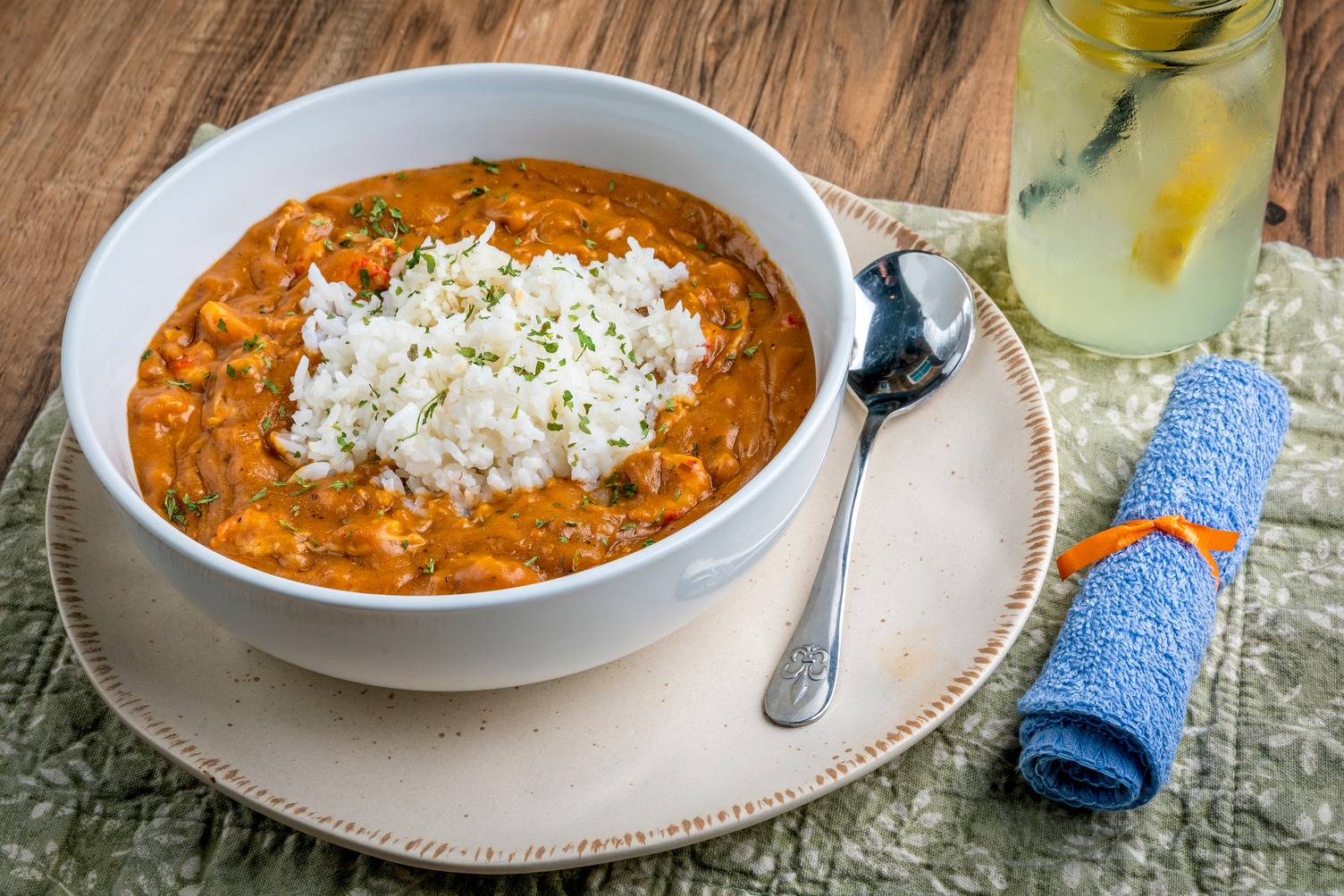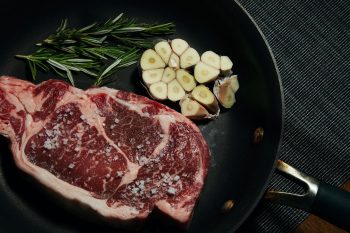Like our music, good food is found everywhere in Louisiana. Ask any visitor—or resident for that matter—what they like the best about this state, and they will say those two things. But while it’s our reputation for tasty cuisine and musical genius that gets travelers here, it’s visitors’ experiences that keep them coming back for more.
Our food and its peculiar names are a main point of curiosity for outsiders:
- Gumbo (GUM-bo) is a hearty stew thickened with a browned roux (ROO)—a flour and oil mix, okra, and filé (FEE-lay)—ground sassafras leaves.
- Jambalaya (jum-buh-LIE-uh) is a seasoned rice dish made with meat or seafood and is similar to Spanish paella.
- Étouffée (eh-too-FAY), which literally means smothered, is meat with butter sauce and chopped vegetables.
- Andouille (AHN-do-ee) is a spicy sausage.
- Boudin (BOO-dan) is a spicy rice and meat sausage.
- Maque choux (MOCK-shoo) is a side dish with corn as the main ingredient.
Read that list again out loud and you’ll see why ordering your meal is as much fun as actually eating it.
The two most popular types of cuisine in Louisiana are Creole and Cajun, and telling them apart is difficult for locals and tourists alike because you can often find both variations of the same dish—there is Creole gumbo and Cajun gumbo, and Creole jambalaya and Cajun jambalaya. Creole is a fusion of European, African and Caribbean cooking techniques using Louisiana ingredients that rose to prevalence in New Orleans in the early 1800s. Cajun is the cuisine of 18th Century French-Acadian exiles who settled in the swamps and prairies of southwest Louisiana. One insider tip to help you tell the difference is that tomatoes are fairly common in Creole and somewhat rare in Cajun.
A common denominator in our cuisine is often Louisiana seafood. The state has 400 miles—actually thousands of miles if you count bays and inlets—of coastline along the Gulf of Mexico, making it one of North America’s most productive shrimp, oyster and crab fisheries. Meanwhile, inland marshes and swamps contribute catfish (a white freshwater fish typically served in fried filet strips), crawfish (akin to miniature freshwater lobsters served in dishes or boiled whole) and exotic reptile meats such as alligator (usually fried) and turtle (served in soup).
To experience Louisiana’s diverse culinary scenes yourself, check out the Louisiana Culinary Trails—eight road trips focusing on food in different regions of the state. Your best bets for Creole cuisine are the Creole Crescent trail in the New Orleans area and the Tammany Taste trail north of Lake Pontchartrain. For Cajun cuisine, try the Bayou Bounty and Seafood Sensation routes through the southern part of the state. Capital Cravings, the trail in and around Baton Rouge, is where Creole and Cajun meet and mix together wonderfully. Delta Delights and Red River Riches in north Louisiana delve into Cajun and Creole while incorporating traditional Southern cooking with down-home plate lunches or regional delicacies such as Natchitoches meat pies.
A ride along the culinary trails will ensure that you do not leave Louisiana hungry.




